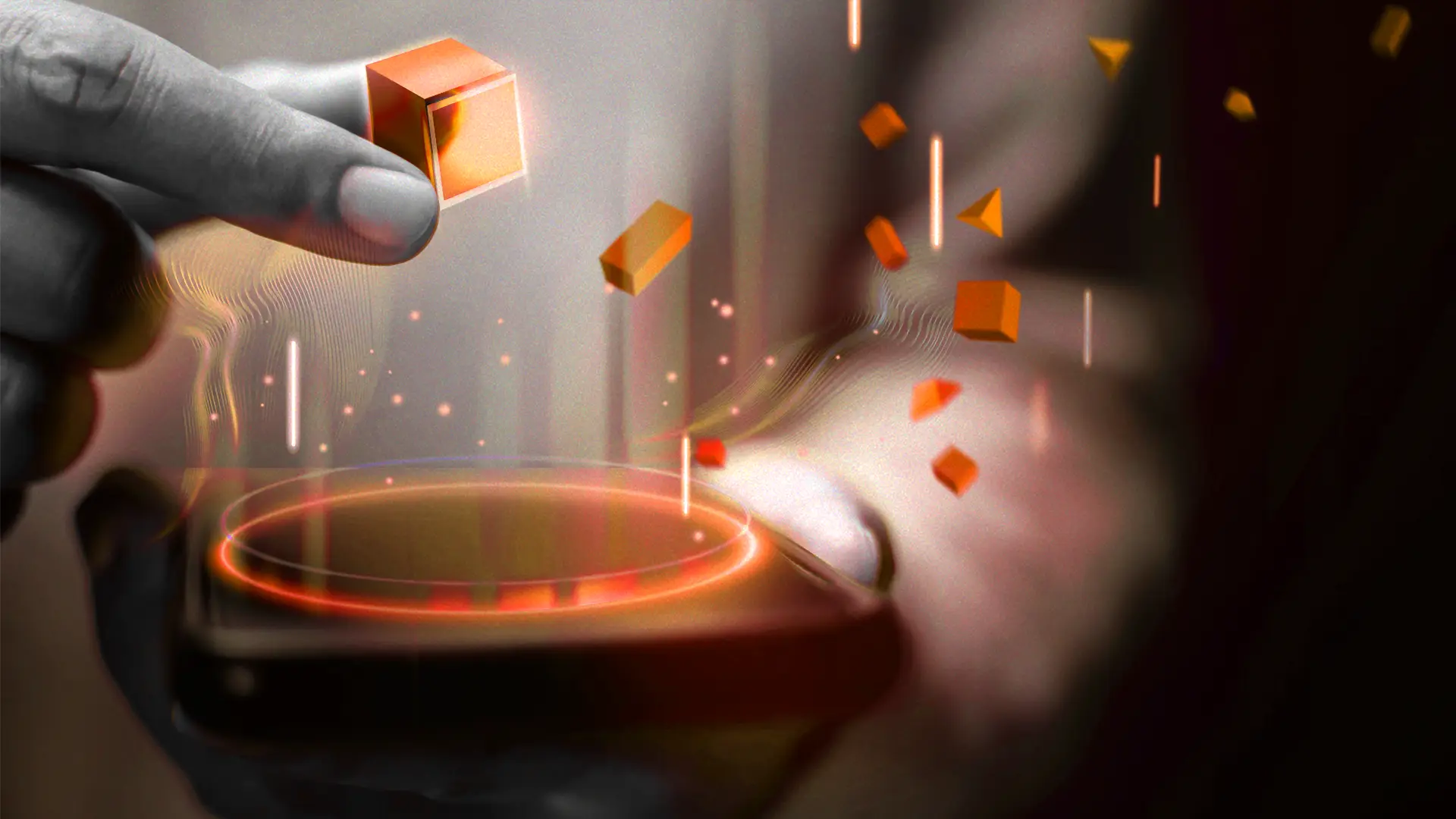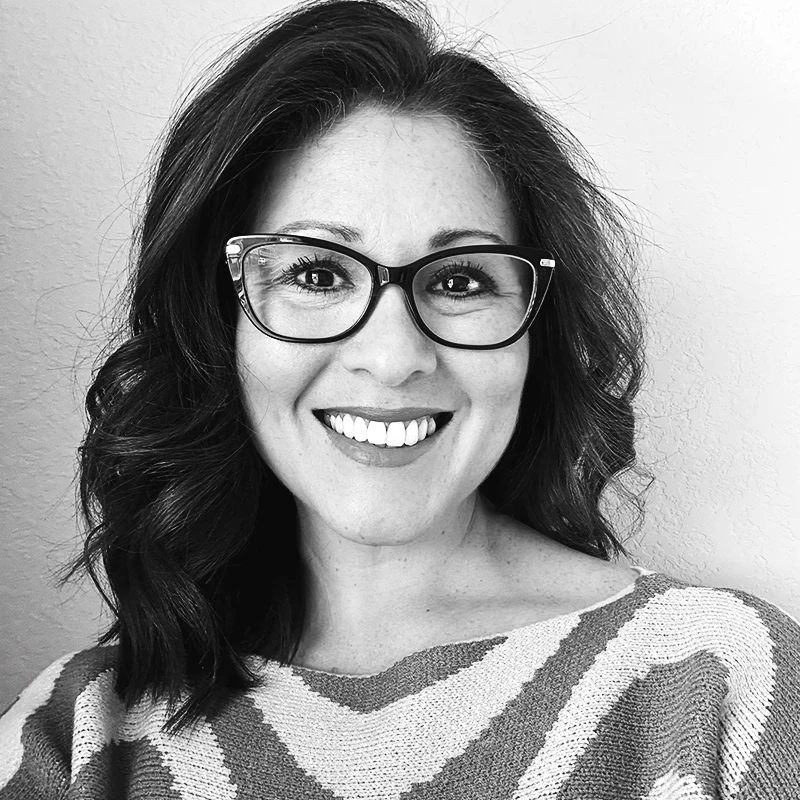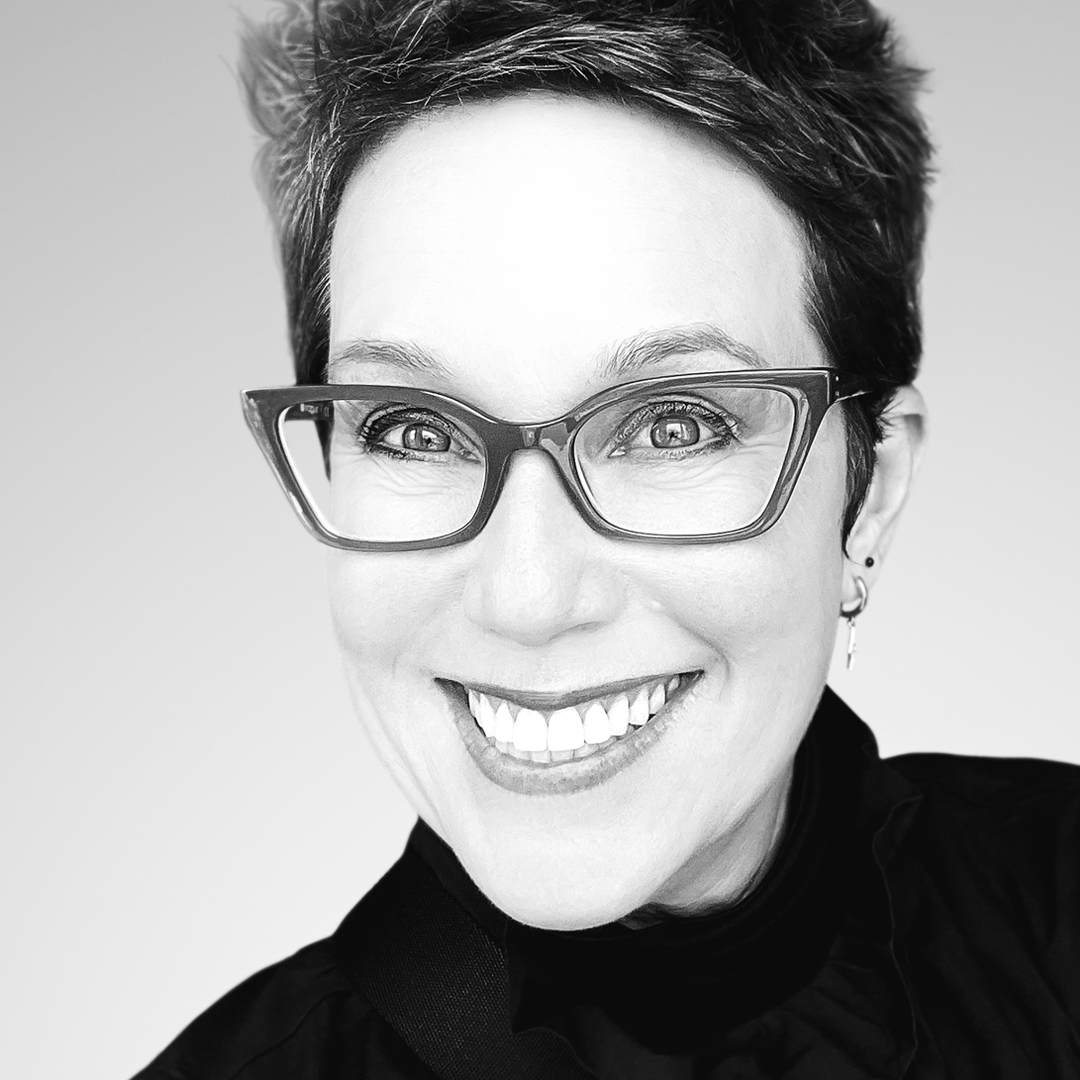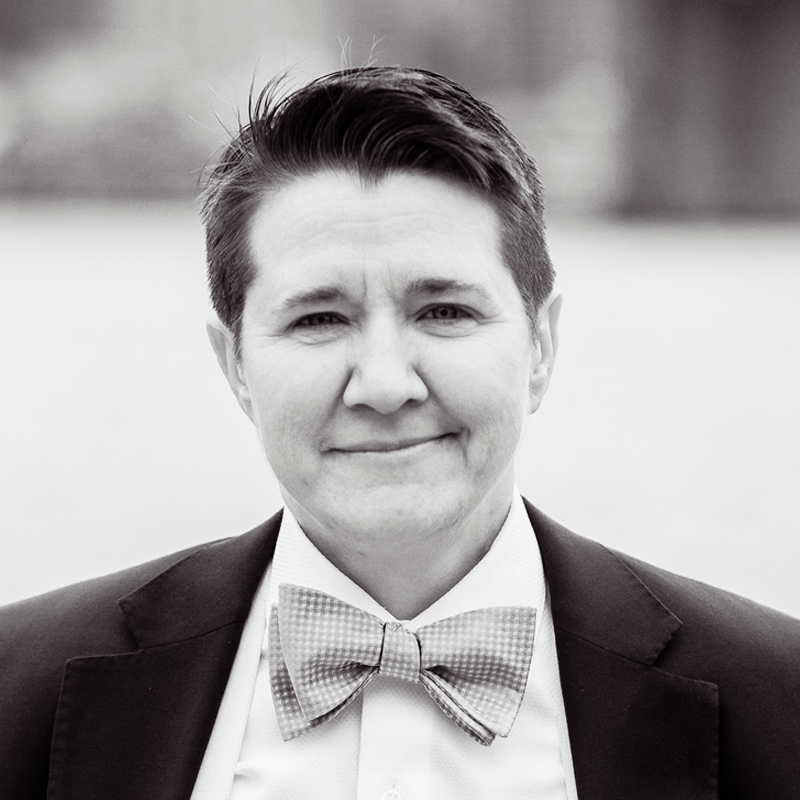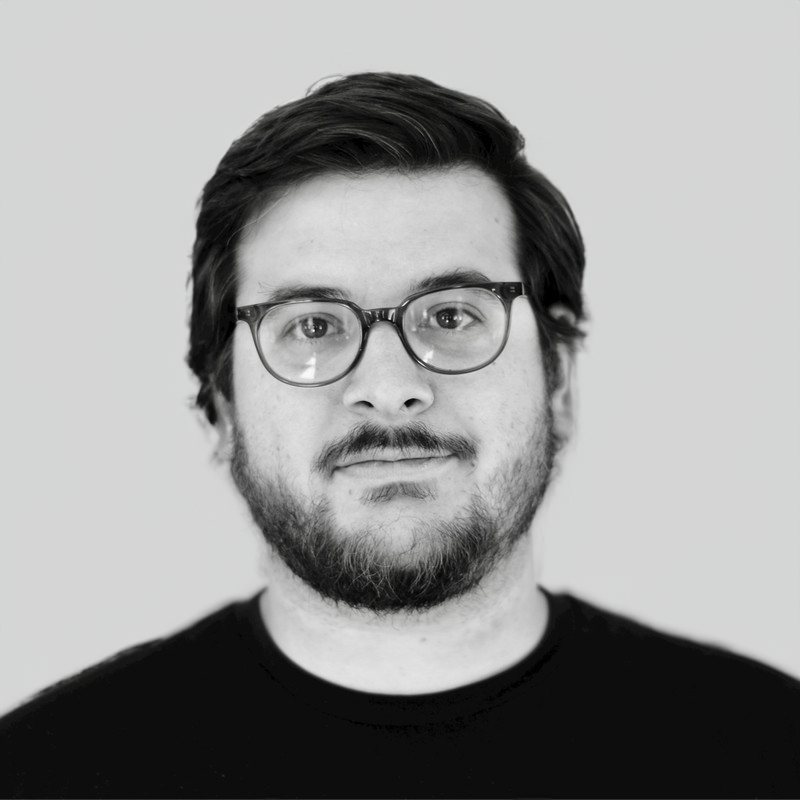Key Takeaways
- To attract top design executives, companies must shift their interview approach from a one-sided assessment to a two-way audition, effectively showcasing their brand's purpose and design-centric culture.
- Successful hiring hinges on understanding that design leaders prioritize strategic influence, alignment with their values, and creative autonomy beyond task execution.
- Interviewers should focus on asking questions that uncover a candidate's vision, leadership style, and ethical compass.
- A strategic recruiting partner is crucial in positioning the company's “why,” mitigating risks in negotiations, and facilitating a smooth and successful hiring process.
Listen: How to attract design executives in a competitive market.
Hiring the right executive talent isn’t just a matter of sorting out the best resume. Companies need to bring on the most capable leaders with a strong vision and commitment to innovation. This is especially true when hiring design executives—leaders who will have a lasting impact on their brand.
It’s not just about choosing the right interview questions. It’s about communicating your “why.” Simon Sinek said it best in his viral TED Talk and book, Start with Why, on how leaders inspire action. In short, when organizations are guided by their “why,” or their purpose, they’ll end up creating a culture that empowers others to bring that purpose to life.
Want to know how to hire a design executive? Company leaders must take a new approach to interviewing. That is, conducting the interview as a two-way audition, with the goal of positioning the brand as a place where creative visionaries thrive.
How to hire a design executive
Company leaders must go beyond simply going after the best candidate and put themselves in the design executive’s shoes. What do today’s heads of design truly seek when it comes to fulfilling, meaningful work? Having supported a few companies in their recent design executive hires, I can share a few things that top the list:
- Strategic influence: Experienced design executives crave strategic influence within an organization. They want to share input on the vision and have a seat at the table with other C-suite leaders.
- Aligned culture: The design executive wants to know they'll work within a culture that aligns with their values. Some common principles include innovation, DEI, work-life balance, and a commitment to sustainability.
- Autonomy: No executive wants to be micromanaged. Design executives seek opportunities for creative autonomy.
Sure, it can be tricky to put yourself in the mind of a creative executive. That’s why it’s important to find a strategic partner who understands both your company and what it has to offer, as well as what makes an effective design leader.
Ask interview questions that uncover vision, not just skills
Here’s where we get into the nitty-gritty. Interviewing for an executive role differs from interviewing a designer further down the ranks. As a hiring manager, you’ll need to ask questions that reveal the talent’s true skill while also bringing out their vision as a head of design. So, what are some interview tactics to help bring out the most qualified candidates?
First, ask the right interview questions. Focus on questions that reveal the candidate's strategic thinking, leadership style, and vision. You might ask questions like:
- “Imagine you've joined our company. What's the first thing you'd do to assess our current design capabilities and identify opportunities for improvement?”
- This reveals the candidate's strategic approach to entering a new organization—plus their ability to analyze existing systems.
- “What would it look like if you could design our ideal customer experience from scratch? What role would design play in shaping that experience across all touchpoints?”
- This question urges candidates to articulate a holistic design vision and prove they understand your company's customer profile.
- “Describe a time when you had to advocate for a Design-led approach to a project initially driven by other departments (e.g., Engineering, Marketing). What was your strategy, and what was the outcome?”
- This question allows the talent to share how they interact interdepartmentally and the ways in which they champion design thinking.
- “Have you ever had to make a difficult ethical decision related to a design project? What factors did you consider, and what was your final decision?”
- This question can help hiring leaders assess a candidate's ethical compass—crucial in the age of AI and design.
- “What's your approach to experimentation and risk-taking in design? Share an example of a time when you pushed the boundaries of design to achieve a breakthrough result.”
- Encourage candidates to demonstrate their appetite for innovation. This will reveal their appetite for innovation and ability to challenge the status quo.
Questions like these get the candidate talking about their approach to innovation and how they problem-solve in the moment. You’ll get a sense of their team-building skills and their ability to get people to buy into their vision.
Then, discuss questions about their values and how they would implement them. Interviewers should ask what drives the individual, how they would describe their personal values, and how that translates to their careers.
Through it all, having a strategic hiring partner in your corner can help you craft these questions, taking into account what they know about the role and the candidate, as well as their experience in recruiting.
Make your brand irresistible by showcasing your “why”
After you draw out more information about the candidate’s experience, it’s time to shine the spotlight on your company. This is where the two-way audition comes in. It’s your opportunity to sell the role based on your company’s values or purpose. In other words, showcase your “why.”
Why? Because company leaders with a strong sense of purpose attract the best talent.
Your role is to reveal your company’s why and align it with your genuine commitment to design and creative leadership. Design executives aren’t going to say yes to a role where they’ll be fighting an uphill battle for influence or investment. They want to know they’ll be supported from the start.
Not only do you need to show them you’re supportive, but you also need to highlight opportunities for creative innovation and strategic influence. Show that you welcome the right candidate to share their knowledge, help drive the company forward, and advise on strategic moves. The executive wants to know their role has sway; not just management over making things look pretty.
Additionally, be transparent about your company’s employment terms, including policies around return-to-office (RTO). This can be a make-or-break aspect of company policy for some design executives. Yet, the right positioning can make it fade into the background if other aspects of the company (values, mission, and opportunity for influence) are apparent.
The value of strategic recruiting partnership
When filling a design executive role, it pays to work with an experienced recruiting partner. It not only makes the search less daunting but can impact the back-and-forth between candidate and company in a way that positions the company in the best way while drawing out the key professional traits of the candidate in the process.
Here’s a summary of the benefits of working with a recruiting partner:
- A recruiting firm can help position the company's “why,” mitigate risk, and navigate terms of employment, painting the opportunity in the best light for candidate attraction.
- A seasoned recruiter will take a consultative approach, building trust between company and client for greater transparency and higher success rates.
- The right recruiting partner knows the market and can advise on interview strategy and negotiation tactics.
A strategic partner helps shape your company as a supportive, inspiring, and appealing place to continue building a fulfilling career. They’ll shepherd both the candidate and the hiring manager through the interview process and navigate toward a rewarding work relationship.
Partnering with experienced recruiting professionals is crucial in this endeavor. At Aquent, we understand the nuanced needs of both clients and candidates. We excel in facilitating a collaborative process that mitigates risk, navigates complex negotiations, and ultimately ensures that the right leader is in place to drive design innovation and establish a lasting legacy. Don't lose out on top design talent. Partner with Aquent to refine your interview process and bring your company's next innovative leaders on board.
Latest.

How to move Creative Teams from AI burnout to breakthrough.
Insights from InsideOut, Leadership & Management

How to reduce Scope 3 with carbon negative staffing.
Climate Action, Consulting & Operations, Sustainability
